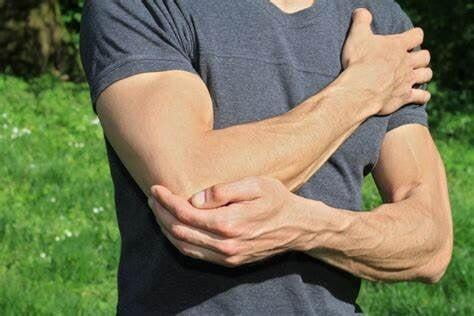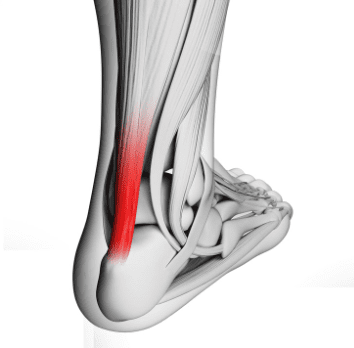What is an overuse injury?
Overuse injuries are usually a response to a repeated action, such as typing or running, which results in damage to the body’s tissues. In contrast, most acute injuries occur instantly in response to a one-off stress, such as a fall.
Exercise usually leads to healthy changes to our body’s tissues – improving co-ordination and strengthening muscles and tendons. These changes enable our bodies to cope with the stress of a new or increasing physical activity.
If exercise or activity does not allow for these healthy adaptations, the excessive load can cause a ‘stress response’ characterised by microscopic damage to the body’s tissues, leading to pain and disability.
It is important to note that pain is a result of cellular changes within the body tissue. This means onset may be delayed by 4-6 weeks from a change or increase in training or from the beginning of a new activity.
The most common cause of overuse injury is doing "too much, too soon". We are most susceptible after returning from a holiday or recovery from an acute injury.
Common examples of overuse injuries
Overuse injuries can occur to the following structures:
- tendons, eg achilles tendinopathy
- bony attachments, eg tennis elbow, shin splints
- soft tissue, eg compartment syndrome
- bursae, ie bursitis
- nerve tissue, eg neuro machano-sensitisation
- bone, eg stress fractures
Symptoms and signs of overuse
- swelling
- warmth to the touch
- redness
- pain with exercise
- night pain
- impaired function of the affected body part
Often initial signs are stiffness, soreness in the mornings or at the beginning of exercise or starting an activity. This discomfort would settle with warming up. As the condition worsens, pain continues through activity and may even be worse afterward.
Stages of an overuse condition
Stage 1: Pain with beginning exercise or starting an activity. The discomfort settles with warm-up.
Stage 2: Pain settles, but then recurs during or at the end of the activity.
Stage 4: Pain or discomfort all the time, easily worsened by activity, interfering with day to day tasks and may disturb sleep.
Physiotherapy treatment
Correct diagnosis and treatment early in the development of an overuse or stress condition allows for continued participation in your activity.
Unfortunately, rest alone is not an appropriate treatment for an overuse condition. If the causative activity or previous training is then resumed, the condition is likely to return.
Activity modification is necessary to allow for recovery of the tissue. Physiotherapy will aid this recovery while appropriate low stress strengthening assists with preparation for the return to sport or the specific activity.
A physiotherapist will advise on what exercise can be continued in order to maintain general fitness and will guide a return to previous level of activity.
In general, an increase in training should not be greater than 10% per week. This is an increase in ‘stress’ – distance, speed, weight, duration or difficulty of an activity.



